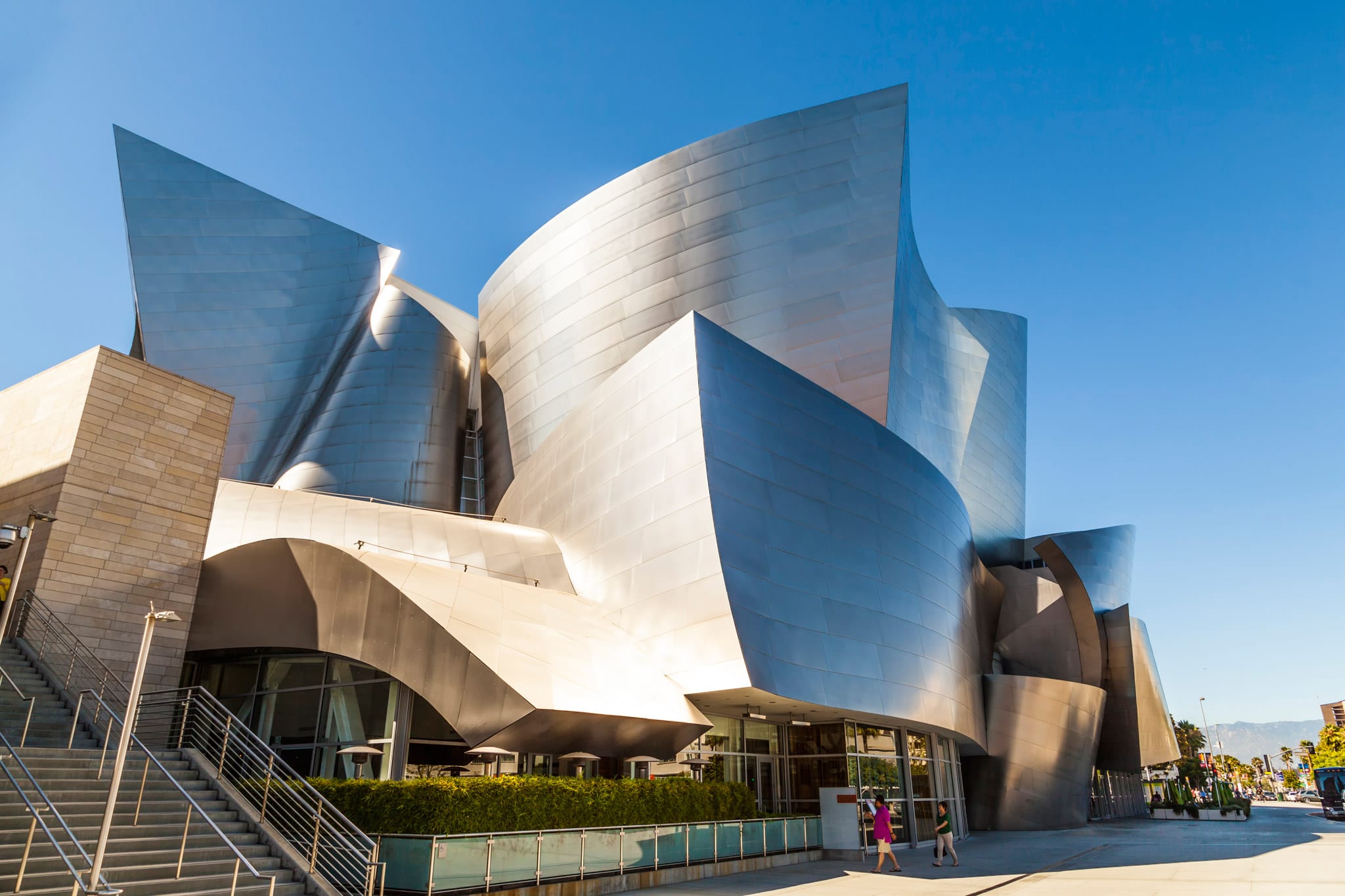Elevate Your Structure Layout with the Experience of CDA Architects
Elevate Your Structure Layout with the Experience of CDA Architects
Blog Article
An Extensive Introduction of Building Styles and Their Influence on Modern City Planning and Growth
Architectural designs have long offered as a mirror to the societal values and technical improvements of their time, playing an essential duty in shaping modern city preparation and development. From the majesty of Neoclassicism to the practical method of Brutalism, each design has presented unique principles that influence metropolitan looks and performance.
Historic Summary of Building Styles
Throughout background, building styles have actually developed in feedback to cultural, technical, and ecological elements. Each duration reflects the prevailing worths, ideas, and innovations of its time, resulting in a rich tapestry of design that symbolizes human imagination and adjustment. The ancient people, such as the Egyptians and Greeks, established foundational designs that emphasized balance and proportion, serving both practical and visual purposes.
As societies transitioned with the Center Ages, Gothic architecture emerged, defined by its verticality and detailed detailing, mirroring the spiritual goals of the period. The Renaissance noted a rebirth of timeless suitables, merging art and architecture in ingenious means that affected succeeding designs across Europe.
The Industrial Transformation presented brand-new products and construction techniques, triggering motions like Innovation, which tested traditional forms and accepted simplicity and performance. The 20th century saw a diversification of styles, with Postmodernism reacting against the plain minimalism of its precursor, integrating historical recommendations and eclectic aspects.
Today, architectural styles remain to advance, driven by globalization and sustainability problems, showing a dynamic interplay between heritage and development. This historical overview underscores the importance of style as a mirror of social development and as a driver for metropolitan development.
Key Architectural Styles Explained
The variety of building designs shows the myriad influences that shape our constructed setting, each symbolizing unique qualities and social values. Secret architectural styles consist of Classic, Gothic, Baroque, Modernism, and Postmodernism, each standing for special historic contexts and visual viewpoints.
Timeless design, rooted in old Greece and Rome, highlights proportion, proportion, and making use of columns. In contrast, Gothic architecture, flourishing in the center Ages, is identified by pointed arcs, ribbed safes, and flying buttresses, creating an aerial high quality in basilicas. Baroque design, emerging in the 17th century, is noted by majesty, elaborate ornamentation, and a dynamic interplay of light and shadow.

Understanding these styles provides understanding right into the social narratives and technological developments of their particular eras, highlighting how architecture serves not simply as a sanctuary, however as read this article a reflection of social worths and ambitions.
Effect On Urban Planning
In forming the growth of cities, building styles significantly influence city planning choices. The choice of building style commonly dictates the looks, functionality, and general personality of urban atmospheres.
Furthermore, architectural styles can affect zoning policies and land use policies. Urban planners have to think about the prevailing architectural patterns when making districts, making sure that new growths harmonize with existing frameworks. This factor to consider cultivates natural city landscapes and enhances community identity.
The execution of specific architectural styles can also affect socioeconomic variables within a city. High-end contemporary designs may draw in wealthy homeowners and services, leading to gentrification, while a lot more cost effective housing options could prioritize functional and lasting styles to suit diverse populaces. Eventually, the interaction between architectural styles and metropolitan preparation creates vibrant cities that mirror both historical context and contemporary requirements, forming the lived experiences of their residents.
Sustainability and Modern Style
Architectural designs play an essential function in resolving modern obstacles, particularly in the world of sustainability. As urban locations increase and environmental worries heighten, modern-day style progressively accepts sustainable style concepts that prioritize power effectiveness, source conservation, and minimal eco-friendly effect.
Contemporary architectural activities, such as biophilic layout and green architecture, supporter for structures that integrate with their try this surroundings, utilizing natural products and advertising biodiversity - cda architects. These designs typically useful source integrate renewable energy sources, such as solar panels and wind turbines, to reduce reliance on nonrenewable fuel sources and reduced carbon footprints
In addition, the combination of sophisticated innovations, such as wise building systems, improves power management, optimizing source use while making certain owner convenience. Innovative water administration strategies, consisting of rain harvesting and greywater recycling, further add to lasting city environments.
Significantly, sustainability prolongs beyond environmental worries; it encompasses social and financial dimensions. By promoting community wellness and promoting inclusivity, modern architectural designs align with lasting advancement objectives. Consequently, the development of architectural methods remains to form resistant cities that not only meet the needs of the here and now however likewise guard the future for generations to find.
Area Interaction in Layout
Area interaction in style offers as a vital bridge in between architects and the populations they offer, making sure that the built setting reflects the needs and goals of its users. This collaborative process welcomes community members to add their understandings and choices, cultivating a sense of possession and duty toward the rooms they occupy.
Reliable neighborhood involvement utilizes different approaches, such as workshops, surveys, and public forums, to gather diverse point of views (cda architects). These approaches assist in a two-way dialogue, allowing engineers to recognize local contexts while empowering citizens to articulate their worries and desires. This inclusivity not just enhances the design quality but additionally promotes social equity by attending to the special obstacles encountered by marginalized teams

Verdict
Architectural designs have actually exceptionally affected contemporary city planning and advancement, reflecting progressing cultural and technical contexts. As cities proceed to grow and adjust, the recurring dialogue in between building heritage and contemporary layout principles will continue to be crucial in developing inclusive, vibrant spaces that improve top quality of life and promote social equity.
Report this page